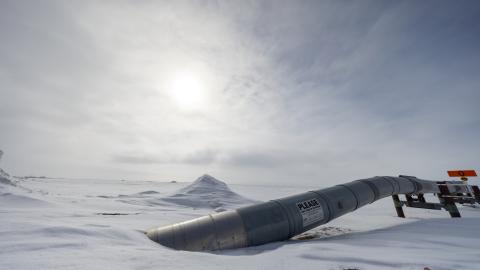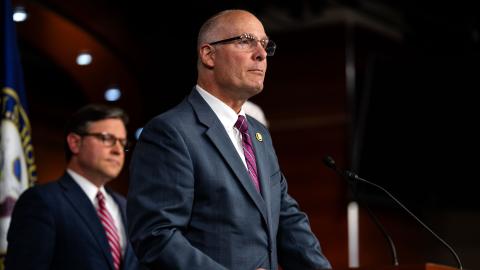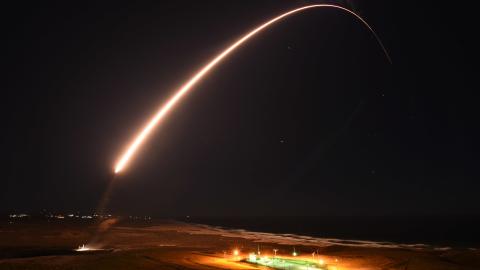For those of us who live in Israel, the possibility of terrorism is a cruel reality. It has been so for decades, but in the past three months, attacks have increased.
According to Israel’s Ministry of Foreign Affairs, between the Jewish New Year on September 13 and December 14, terrorists have killed 22 people and wounded 229 – 23 of them seriously. There have been 91 stabbings, 34 shootings and 17 car-rammings.
Because of the relatively small size of the country, it is not difficult to discover that a “friend of a friend” was attacked.
I was shocked but not altogether surprised to learn that one of my close Jerusalem friends knew two of the victims on “Bus #78” – a notorious October 13 attack that cost three Israeli lives and left several others injured. As she explained the details, suddenly the names took on a life of their own – they became people with faces, personalities and devastated loved ones.
We Americans in Israel often have family and friends who still live in the US, and from time to time we learn of their concerns about our safety and well-being. This was particularly the case after the extensive coverage of ISIS’ attacks on Paris on Friday, November 13.
A jarring interview with the American band performers (Eagles of Death Metal) who survived the attack on the Bataclan Theater exposed the sheer horror of the attack there. And, again, the interview (language caution) that posted a week or two later put a human face on the grim, factual coverage.
With all this in mind, my loved ones expressed a certain amount of relief when I left Israel for a Christmas and New Years visit. “You need to take a break for a while,” one of them told me. Another promised to pray me safely home to the US (Happily, that prayer was answered.)
But as my plane landed at LAX on December 2 and I turned on my phone, I could hardly believe my eyes. Just an hour or so before, terrorists in San Bernardino, California had murdered 14 people.
For years, my family and I lived in Lake Arrowhead – a mountain community “up the hill” from San Bernardino. I worked in that city for five years, as did several friends.
I contacted one close friend whose family still lives in the mountains. I discovered that one of her grandson’s playmates lost his father in the shootings. And in the same little school, another child’s mother was injured.
Far from being just a statistic, every victim of terrorism wears the face of a beloved family member or a cherished friend.
And whether the attacks happen in the Middle East, Europe, or The Americas, they are tragic and unfortunately, appear to be escalating. These days, terrorists strike when the opportunity avails itself. Their attacks have no boundary lines – they happen here, there and everywhere.
And in today’s troubled world, every radical Islamist terrorist attack strikes just a little too close for comfort.

















